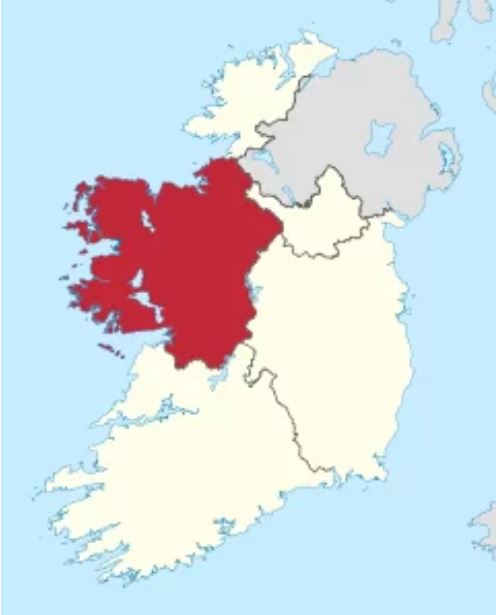A ghost state is a country that is not officially recognized by other states, or is recognized only by some of them.
This lack of recognition often has historical and historiographical roots: in many cases, ghost states are born as a result of wars and bloody episodes, declaring an independence which, however, is not recognized by the rest of the world, or at least not by all countries. .
To find examples, you don’t have to go very far, let’s see some of them in Europe.
5 GHOST STATES of EUROPE
# 1 Republic of Connacht, “the Irish republic”
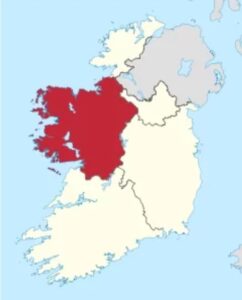
Born in 1978 in Ireland with the help of volunteers from France, the republic was proclaimed immediately after the victory of the French and Irish forces, under the command of the French general Humbert.
He began to produce money but did not have enough time to use it as, due to the final defeat at the Battle of Ballinaluck, the republic ceased to exist and the Kingdom of Ireland was absorbed by the United Kingdom following the Act of Union.
# 2 The Canton of Cartagena
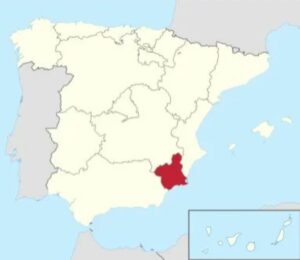
It was a national organization which maintained its independence from the Spanish centralist unitary republic for a period of six months between 1873 and 1874.
The goal was to create a federal canton in the current regime and then extend it to all of Spain.
The draft federal constitution proposed by the federalists proposed an idea of Spain divided into 17 states. While the project was under discussion in the Cortes, on 12 July 1873 an insurrection broke out in Cartagena.
The leader of the Canton of Cartagena was the Murcian Antoñete Gálvez of Torreagüera, a progressive soldier of humble origins who was then a member of the Parliament of the province of Murcia.
After six months of siege, Cartagena, by means of General López Domínguez, fell on January 12, 1874. The rebels that led to the revolution were sentenced to death or exile.
# 3 Western Thrace
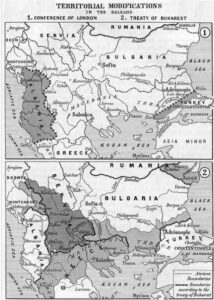
West Thrace is a geographical and historical region of Greece, between the Nestos and Evros rivers in the north-east of the country.
It was a small and fast unrecognized republic that lived from 31 August to 25 October 1913 and had the current Komotini in Greece as its capital.
In the first Balkan war Bulgaria conquered this territory while in the second Greece did.
At the end of the Second Balkan War (in which the Ottomans recovered part of Eastern Thrace) the negotiations between Bulgaria and its other neighbors took place in Bucharest but since the Ottoman Empire was not presented on that occasion, the bilateral agreement was concluded in Constantinople.
This agreement allowed the Turks to recognize Eastern Thrace and recognized Western Thrace as part of Bulgaria thus ending its existence as an independent republic.
# 4 Republic of Uhtua
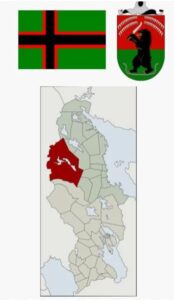
The Republic of Uhtua (or Republic of East Karelia) was an unrecognized country that existed between 1919 and 1921 created to be ruled by the Finns.
The origin is apparently in Finland, where some people in 1906 had the idea of uniting the Karelia region. After a Finnish civil war and a conflict with the Soviets, the state finally arrived in 1919.
It was then demanded by the Soviets that they did not want to lose their territories and strengthen their neighbors.
#5 Don Republic
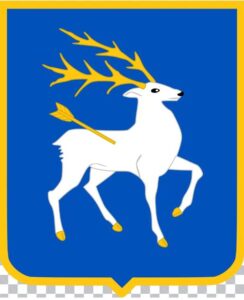
The Don Republic was an anti-Bolshevik state established during the Russian civil war, after the collapse of the Russian Empire by Pëtr Nikolaevič Krasnov.
Formed by the southern Russian armed forces, independence was proclaimed by the Don Cossack assembly called Krug on May 18, 1918.
The Don Republic occupied the territory of the Don River region and the city of Novočerkassk, which was also its capital.
At the beginning of 1920 it was conquered by the Bolsheviks and then dissolved.
ARIANNA BOTTINI


